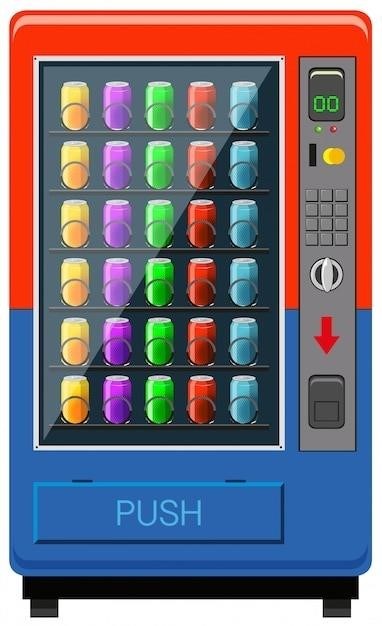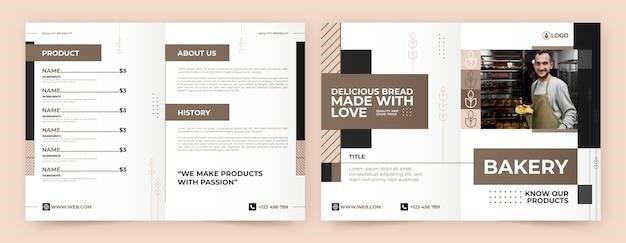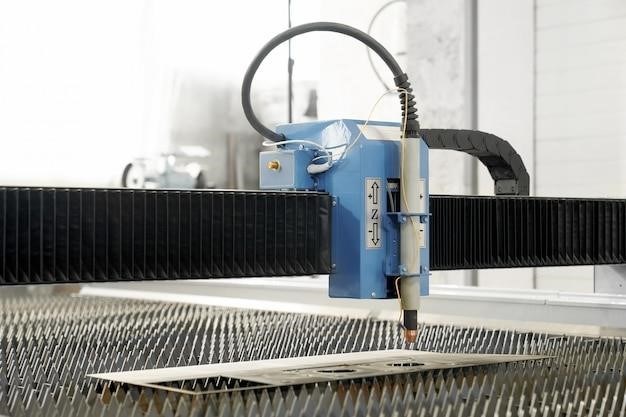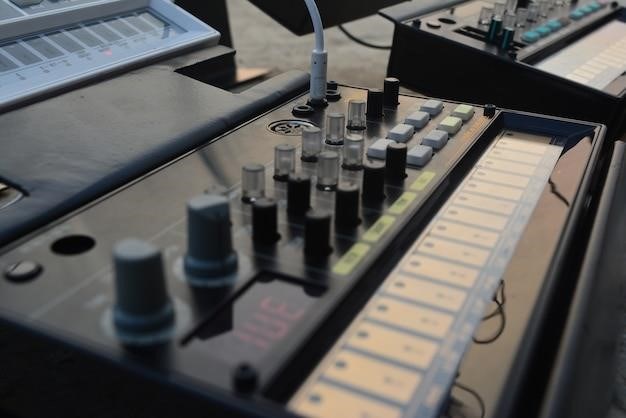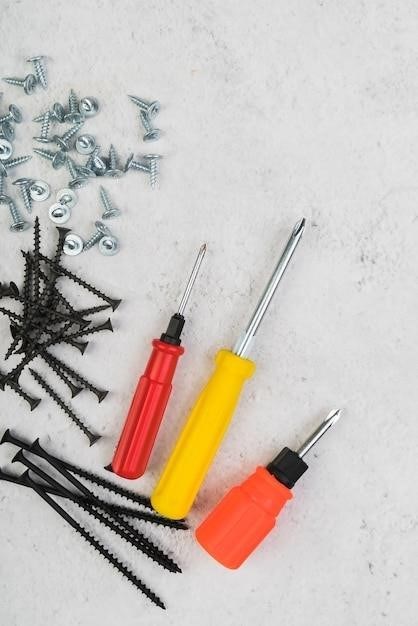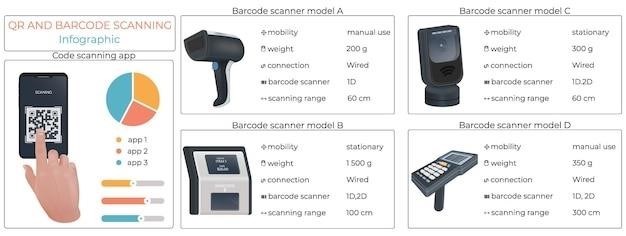Seaga Vending Machine Manual⁚ A Comprehensive Guide
This comprehensive guide provides detailed information on various Seaga vending machine models, including installation, product loading, operation, troubleshooting, and advanced configuration options. Whether you’re a new or seasoned operator, this manual will help you maximize the performance and efficiency of your Seaga vending machine.
Introduction
Welcome to the world of Seaga vending machines, renowned for their reliability, efficiency, and user-friendly design. This manual serves as your comprehensive guide to operating and maintaining your Seaga vending machine, ensuring optimal performance and customer satisfaction. Seaga vending machines are designed to deliver a seamless vending experience, offering a wide range of products, from snacks and beverages to fresh food and even ice cream. This manual will walk you through the essential steps for setting up, loading, and operating your machine, empowering you to provide a convenient and enjoyable vending experience for your customers.
Seaga Vending Machine Models
Seaga offers a diverse range of vending machine models to cater to various needs and locations. From compact countertop units like the Space Saver Series to robust industrial models like the INFINITY I4S, Seaga has a machine for every application. Popular models include the SM16S, a versatile snack and beverage vending machine, the Quick Break Combo QB4000, ideal for high-traffic locations, and the IQ640 AV, designed for advanced audio-visual capabilities. Seaga’s commitment to innovation is evident in its EnVision model, featuring a user-friendly interface and advanced features. Whether you require a simple snack dispenser or a sophisticated multi-product vending solution, Seaga has a model to meet your specific requirements.
Seaga Product Manuals
Seaga provides comprehensive product manuals for all its vending machine models, offering detailed instructions and guidance for setup, operation, maintenance, and troubleshooting. These manuals are an invaluable resource for both new and experienced operators, ensuring optimal performance and longevity of the machines. Seaga’s dedication to customer support is evident in the availability of these manuals, which are readily accessible online and can be downloaded for easy reference. Whether you need to understand the intricacies of the VMC controller, adjust temperature settings, or troubleshoot a specific issue, Seaga’s product manuals provide the necessary information to resolve any problem efficiently.
Seaga Customer Support
Seaga is committed to providing exceptional customer support, ensuring that owners and operators have access to the resources they need to maximize the performance and profitability of their vending machines. From comprehensive product manuals and online resources to dedicated customer service representatives, Seaga offers a variety of support options to address any questions or concerns. Whether you require assistance with installation, troubleshooting, parts ordering, or technical support, Seaga’s customer service team is readily available to provide prompt and knowledgeable assistance, ensuring a seamless and positive experience for all users. Seaga’s unwavering commitment to customer satisfaction is evident in their dedication to providing reliable and efficient support, empowering operators to confidently manage their vending operations.
Seaga SM16S Service and Parts Manual
The Seaga SM16S Service and Parts Manual serves as a comprehensive guide for technicians and operators responsible for maintaining and repairing the SM16S vending machine. It covers a wide range of topics, including installation procedures, product loading instructions, coil adjustment techniques, beverage unit operation, and detailed descriptions of the machine’s components. The manual also provides troubleshooting tips and diagrams to assist in identifying and resolving common issues. With its detailed information and clear illustrations, the Seaga SM16S Service and Parts Manual empowers technicians to efficiently diagnose and repair any problems, ensuring optimal performance and reliability of the vending machine.
Installation
The Seaga SM16S Service and Parts Manual provides detailed instructions for the proper installation of the vending machine. It outlines the necessary tools, electrical connections, and mechanical attachments required for a successful setup. The manual emphasizes the importance of following a specific order of connections to ensure optimal performance and safety. It also includes diagrams and step-by-step instructions to guide users through the process, ensuring a smooth and efficient installation experience.
Product Loading
Loading products into your Seaga vending machine is a straightforward process. The manual provides clear instructions on how to access the product trays, unlock them, and safely remove them for loading. It also offers guidance on the correct placement of various product sizes within the trays, ensuring optimal vend performance. The manual emphasizes the importance of loading products in a way that maximizes space utilization and prevents jamming. It also recommends checking product expiration dates and ensuring that packaging is in good condition.
Coil Adjustment
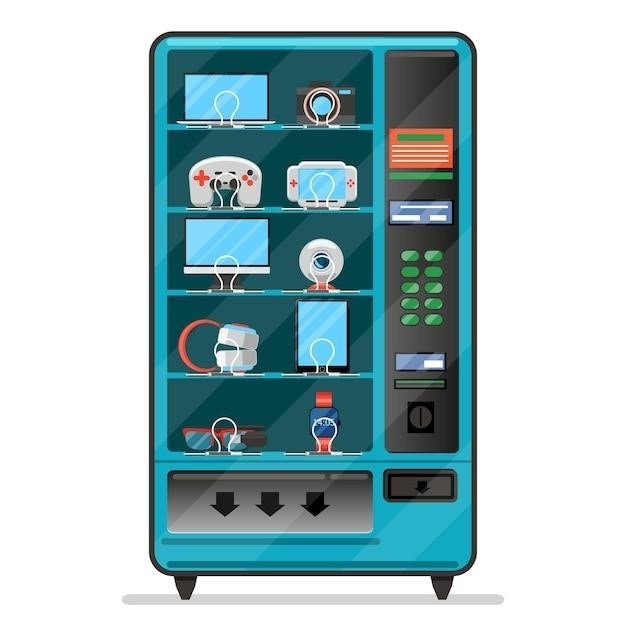
The Seaga vending machine manual provides detailed instructions on how to adjust the coils, which are responsible for dispensing products. It outlines the process for removing and replacing coils, ensuring that the correct coil is used for the specific product type. The manual also addresses the importance of proper coil adjustment, as this can impact the vend cycle and prevent product jams. It includes visual aids and step-by-step instructions to guide users through the process.
Beverage Unit
The Seaga vending machine manual provides a detailed explanation of the beverage unit’s operation, which includes the vertical drop columns that use an auger to dispense drinks. The manual highlights the importance of proper product loading and adjustment of the home switch to ensure smooth vending. It also describes the use of metal shims to hold products in place during the first vend. The manual covers various packaging types and offers guidelines for adjusting the auger and home switch for optimal vend performance.
Live Drink Product Display
The Seaga vending machine manual emphasizes the importance of maintaining a visually appealing display for beverages. It instructs operators to ensure that the live product display shelf is stocked with products in perfect condition and within their expiration dates. This ensures that potential customers are attracted to the freshest and most appealing selection. The manual also suggests using high-quality packaging to enhance the overall appearance of the display, promoting a positive image of the vending machine and the products it offers.
Keypad and Service Mode
The Seaga vending machine manual provides a detailed overview of the keypad and service mode functions. Operators can access service mode by pressing the “MENUS” button on the VMC circuit board. This mode allows for adjustments to the machine’s operation, including price settings, audit display, and operating modes. The manual outlines the steps involved in navigating the service mode menu, enabling operators to adjust parameters such as price settings, view sales data, and modify various machine settings to optimize its performance and efficiency.

VMC (Vending Machine Controller)
The Seaga vending machine manual provides a detailed explanation of the VMC (Vending Machine Controller), a key component that manages the machine’s operations. The manual describes the VMC’s location, its role in controlling the vending process, and how to access the service mode through the “MENUS” button located on the VMC circuit board; It also highlights the importance of understanding the VMC’s functions for troubleshooting and optimizing machine performance. The manual emphasizes the VMC’s role in managing various aspects of the vending process, including price settings, sales data tracking, and overall machine operation.
Price Program
The Seaga vending machine manual guides users on setting prices for their products using the “Price Program” feature. It emphasizes the flexibility of setting prices for all items, by row, or by individual selection. The manual encourages users to utilize the “All Items” setting to establish a common price for most products, allowing for adjustments by row or selection when necessary. This approach simplifies the price setting process, saving time and ensuring consistent pricing across the majority of products.
Cash Counters
The Seaga vending machine manual outlines the functionality of the “Cash Counters” feature, providing detailed instructions on accessing and interpreting the data presented. This feature allows operators to monitor the total vend count and total sales value for the machine, providing valuable insights into product popularity and overall sales performance. The manual highlights that the counters are resettable, allowing operators to track sales over specific periods. It details the steps involved in accessing the “Cash Counters” menu, emphasizing the importance of understanding the information presented for effective inventory management and revenue monitoring.
QTY/TUBE
The Seaga vending machine manual provides detailed instructions on utilizing the “QTY/TUBE” menu, which plays a crucial role in managing the machine’s coin changer. This menu is accessed during the process of priming the changer with coins. As coins are loaded through the designated coin slot, the “QTY/TUBE” menu keeps track of both the quantity and monetary value of the inserted coins. This information is vital for the vending machine controller (VMC) to ensure that sufficient change is available for transactions. The manual emphasizes the importance of accurately entering coin data into the “QTY/TUBE” menu for seamless operation and accurate change dispensing.
Health & Safety
The Seaga vending machine manual emphasizes the importance of health and safety protocols when operating the machine. It outlines a dedicated menu within the service mode specifically designed for health and safety settings. This menu allows for the adjustment of various parameters, including language selection, which can be toggled between English and Spanish. The manual highlights the significance of understanding and adhering to these settings to ensure a safe and user-friendly environment for both operators and consumers. It encourages operators to familiarize themselves with the health and safety menu and its various settings, ensuring compliance with industry standards and best practices.
Custom Space to Sales (StS)
The Seaga vending machine manual delves into the “Custom Space to Sales” (StS) feature, offering operators flexibility in managing their vending operations. The StS menu within the service mode allows operators to customize the vending machine’s behavior based on specific product placement and availability. Operators can configure the machine to prioritize certain products or sections, reflecting the actual space allocated for each product within the vending machine. This dynamic approach ensures a seamless vend experience for customers, as the machine adapts to the specific product inventory and layout. The manual provides detailed instructions on accessing and adjusting the StS settings, empowering operators to optimize their vending strategy.
Advanced Configuration
The Seaga vending machine manual guides operators through the “Advanced Configuration” menu, a powerful tool for fine-tuning various machine settings. This menu requires a password, which is set at the factory to 2314. Here, operators can access and modify settings related to audible beeps, temperature control, optical sensors, selection style, and motor type. The “Beep Enable” option allows operators to control the volume and frequency of beeps, while the “Temp” setting enables customization of the machine’s internal temperature based on the product type. The “Optics” setting adjusts the sensitivity of the optical sensors used to detect product presence and vend cycles. The manual also details how to configure the “Selection Style” to cater to various vending preferences, and the “Motor Type” selection allows operators to optimize the machine’s performance based on the specific motor installed. By navigating the “Advanced Configuration” menu, operators gain a deeper level of control over their Seaga vending machine’s operation.
Bill Escrow
The Seaga vending machine manual provides comprehensive instructions on the “Bill Escrow” feature. This feature, accessible within the “Options Menu” of the Service Mode, allows for the return of the last accepted bill. To activate this function, operators must ensure that their bill validator supports bill escrow functionality. The manual clarifies that bill escrow is an optional feature and may not be available on all Seaga vending machines. It emphasizes that the bill escrow feature is designed to return the last bill accepted, provided the bill validator is equipped to handle this action. The manual outlines the steps required to activate and deactivate bill escrow, ensuring operators can utilize this feature to provide a more user-friendly experience for customers who may have accidentally inserted the wrong bill.
Temperature Settings
The Seaga vending machine manual provides detailed guidance on adjusting temperature settings. While ambient snack machines without refrigeration systems will display a default temperature of 36F, operators can modify these settings to ensure optimal product storage. However, the manual strongly advises against making adjustments without consulting Seaga Customer Care or an authorized technician. The manual emphasizes that the factory-set temperature settings are designed to maintain product quality and freshness. Operators can access temperature settings through the “Advanced Config” menu within the Service Mode. The manual provides step-by-step instructions on how to adjust the temperature, ensuring operators can maintain the ideal environment for their products. It also emphasizes the importance of regularly monitoring and adjusting temperature settings to ensure consistent product quality.
Seaga OD24 Instruction Manual
The Seaga OD24 Instruction Manual is a comprehensive guide designed to assist operators in setting up and operating the Office Deli vending machine. This manual provides detailed instructions on installing and connecting both the snack and beverage units of the OD24. It includes step-by-step guidance on inspecting the units for damage, unpacking them from their packaging, and securely placing the snack unit on top of the beverage unit in the desired location. Furthermore, the manual outlines the necessary electrical connections and mechanical attachments required for proper operation. Operators will find clear instructions on loading products, adjusting coils, and utilizing the keypads and service modes for various settings and configurations. The manual also covers essential safety guidelines and troubleshooting tips to ensure seamless operation of the OD24 vending machine.
Seaga VC730 Refreshment Center Combo Manual
The Seaga VC730 Refreshment Center Combo Manual provides detailed instructions for setting up and operating the VC730 combo vending machine, which features both a snack unit and a beverage unit. The manual guides operators through the initial inspection for damage, unpacking the units carefully, and placing the snack unit securely atop the beverage unit. It emphasizes the importance of selecting the appropriate location for the combined units and provides clear specifications and an overview of the VC730’s features. The manual also covers essential aspects of loading products, adjusting coils, utilizing the keypads and service modes, and understanding the various settings and configurations available. Additionally, it includes valuable information on safety procedures and troubleshooting tips to ensure smooth and efficient operation of the VC730 Refreshment Center Combo.
Seaga Space Saver Series Operators Manual
The Seaga Space Saver Series Operators Manual offers a comprehensive guide for utilizing the Space Saver vending machines, designed for locations with limited space. This manual provides detailed instructions on setting up, operating, and maintaining these compact vending units. It covers essential aspects of product loading, coil adjustments, and ensuring optimal performance. The manual also includes information on utilizing the keypad and service modes to access various settings and configurations. It emphasizes the importance of regular maintenance and troubleshooting to ensure the Space Saver machines function efficiently and reliably. Additionally, the manual provides valuable insights into safety procedures and best practices for maximizing the performance of these space-saving vending solutions.
Seaga INFINITY I4S Service and Parts Manual
This comprehensive manual provides detailed instructions for servicing and maintaining the Seaga INFINITY I4S vending machine. It covers a wide range of topics, including installation, product loading, coil adjustment, and troubleshooting. The manual also includes detailed diagrams and illustrations to guide technicians through various repair and maintenance procedures. It provides information on identifying and replacing parts, ensuring proper operation, and maximizing the lifespan of the INFINITY I4S. With its comprehensive coverage of service and parts, this manual is an essential resource for technicians responsible for keeping the Seaga INFINITY I4S running smoothly and reliably.
